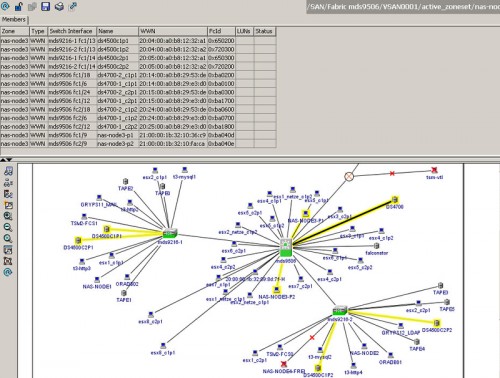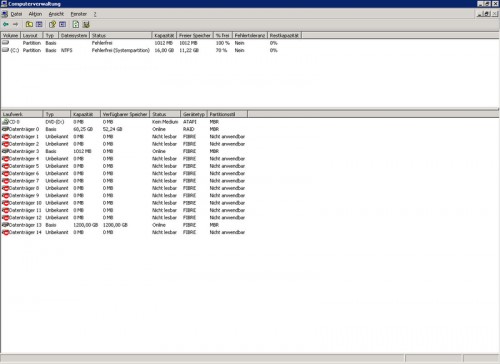As the title pretty much tells, I’ve been working on fixing the Root-Disk-Multipathing feature of our XenServer installations. Our XenServer boot from a HA-enabled NetApp controller, however we recently noticed that during a controller fail-over some, if not all, paths would go offline and never come back. If you do a cf takeover and cf giveback in short succession, you’ll end up with a XenServer host that is unusable, as the Root-Disk would be pretty much non-responsive.
Guessing from that, there don’t seem to be that many people using XenServer with Boot-from-SAN. Otherwise Citrix/NetApp would have fixed that by now…. Anyhow, I went around digging in our XenServer’s. What I already did, was adjust the /etc/multipath.conf according to a bug report (or TR-3373). For completeness sake I’ll list it here:
|
1 2 3 4 5 6 7 8 9 10 11 12 13 14 15 16 17 18 19 20 21 22 23 24 25 26 |
# Multipathing configuration for XenServer on NetApp ALUA # enabled storage. # TR-3732, revision 5 defaults { user_friendly_names no queue_without_daenon no flush_on_last_del yes } ## some vendor specific modifications devices { device { vendor "NETAPP" product "LUN" path_grouping_policy group_by_prio features "1 queue_if_no_path" getuid_callout "/sbin/scsi_id -g -u -s /block/%n" prio_callout "/sbin/mpath_prio_alua /dev/%n" path_checker directio failback immediate hardware handler "0" rr_weight uniform rr_min_io 128 } } |
And as it turns out, this is the reason why we’re having such difficulties with the Multipathing. The information in TR-3373 is a bunch of BS (no, not everything but a single path is wrong, the getuid_callout) and thus the whole concept of Multipathing, Failover and High-Availibility (yeah, I know – if you want HA, don’t use XenServer :P) is gone.


